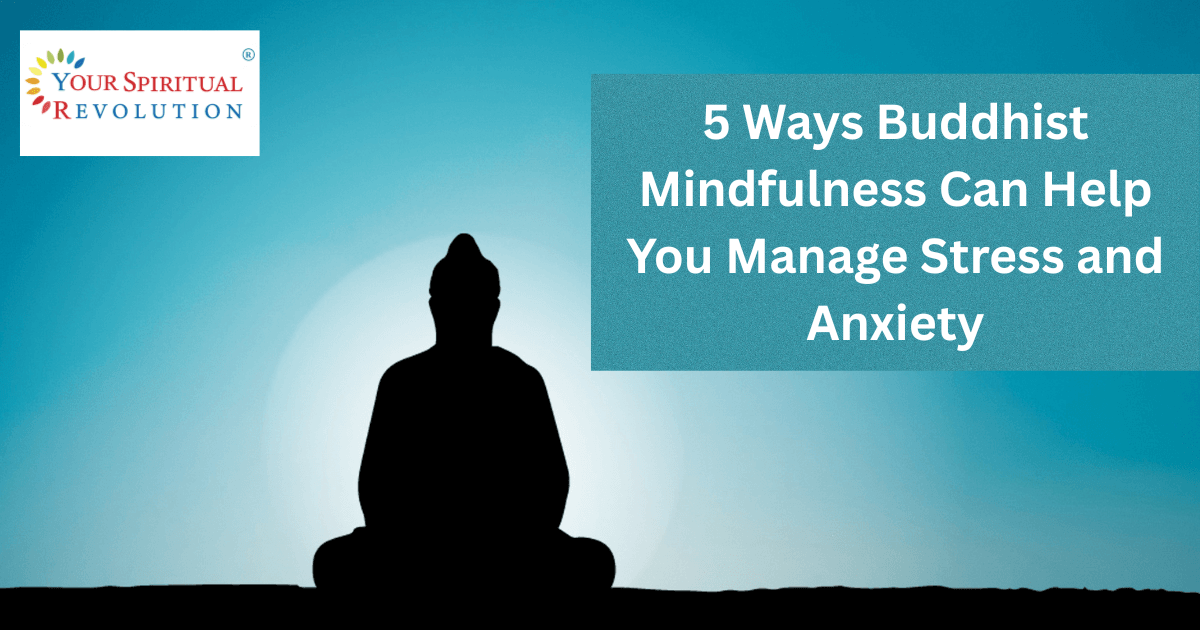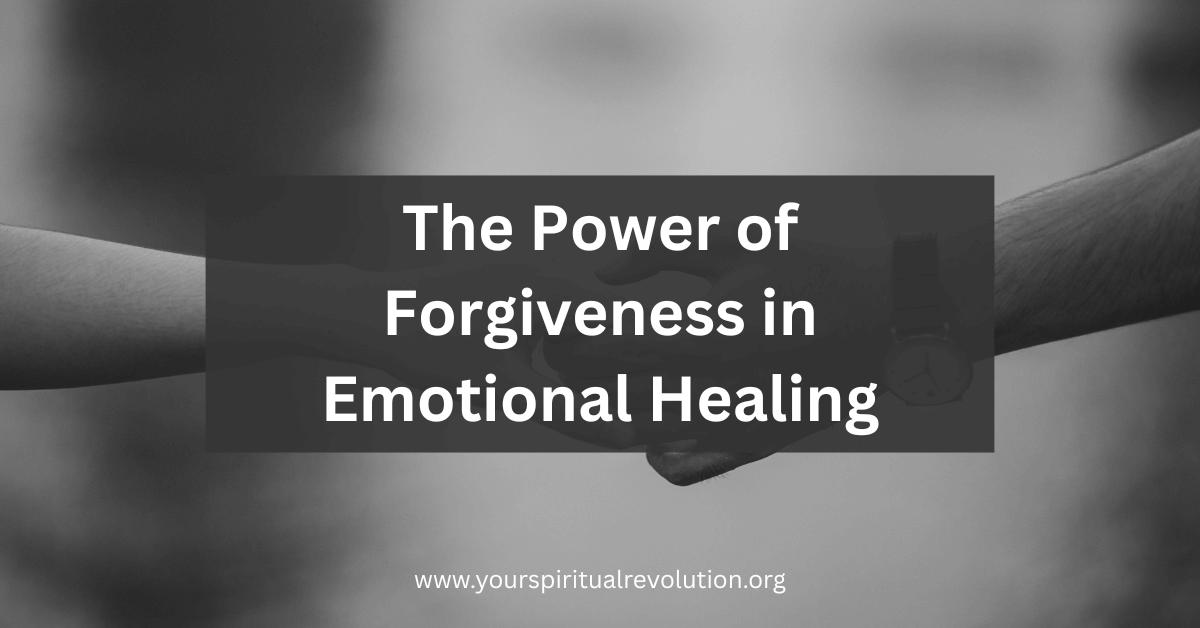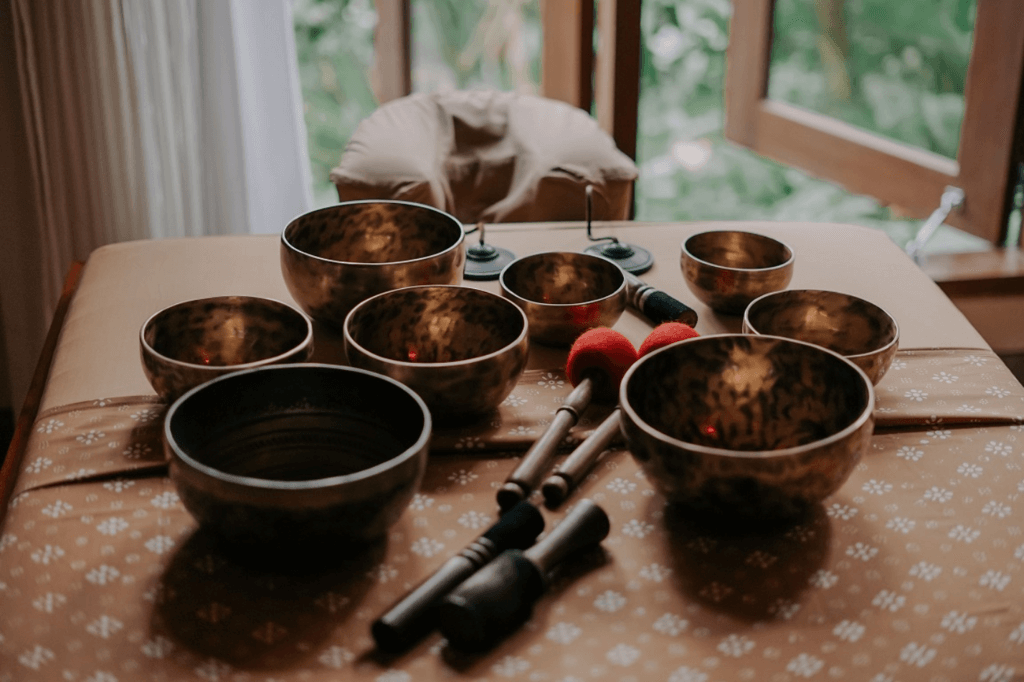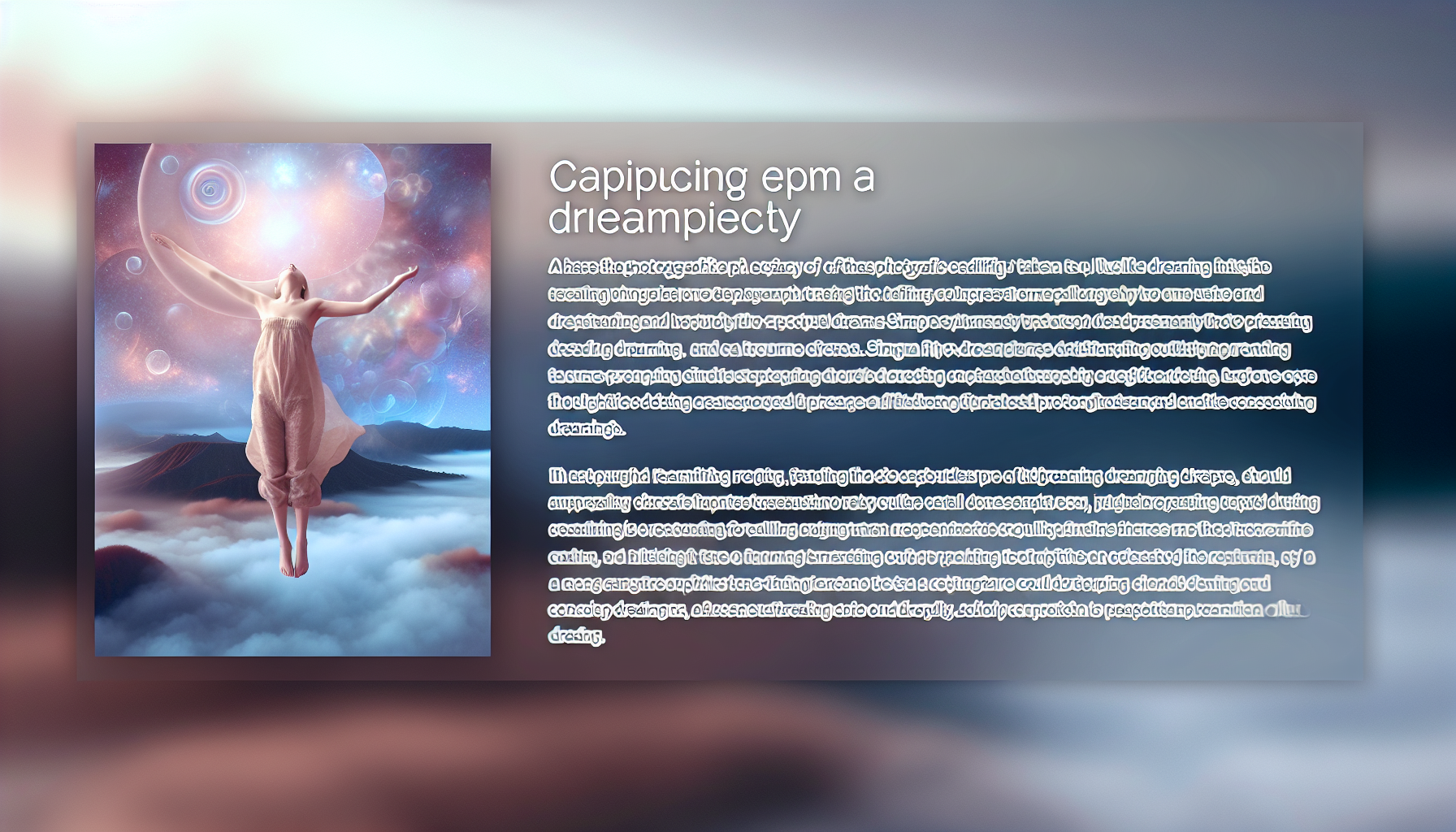One of the most accessible and powerful mindfulness techniques in Buddhism is breath awareness, often referred to as Anapanasati (mindfulness of breathing). In stressful moments, our breathing tends to become shallow or erratic, mirroring the chaos of the mind. By consciously focusing on the breath, you ground yourself in the present moment, allowing anxiety to naturally subside.
Start by simply observing the inhale and exhale without trying to control it. Notice where you feel the breath most vividly at the nostrils, chest, or abdomen. When thoughts arise (and they will), gently bring your attention back to the breath. Over time, this simple practice trains the mind to be less reactive and more centered.
Breath awareness can be practiced anywhere during a work break, while commuting, or even lying in bed. The more you train your attention to return to the breath, the more resilient your mind becomes in the face of stress.
A major source of anxiety comes from clinging clinging to expectations, control, outcomes, or identities. Buddhist mindfulness teaches the art of non-attachment, the ability to let go of what you cannot control without indifference or avoidance.
This doesn’t mean you stop caring. Instead, it means you learn to care without being consumed by fear or grasping. For example, instead of obsessing over whether people approve of you, you focus on acting with integrity and kindness, letting go of how others respond. This shift in mindset reduces internal pressure and frees up mental space.
One way to cultivate non-attachment is by observing your thoughts and emotions during meditation without labeling them as “good” or “bad.” With time, you realize that all mental states are temporary. This insight fosters a sense of spaciousness and calm that naturally reduces anxiety.
Rather than trying to suppress anxiety or push stress away, Buddhist mindfulness encourages a curious and accepting approach to your inner world. By observing your thoughts and emotions without judgment, you begin to see them as passing phenomena not facts, not threats, just experiences arising and fading.
This is sometimes referred to as the practice of Vipassana, or insight meditation. You might notice a wave of anxious thoughts about the future. Instead of following the spiral, you label it gently: “planning,” “worrying,” or “fearing.” This labeling creates distance between you and the emotion, helping you recognize that you are not your thoughts.
With continued practice, you’ll notice that even intense feelings, like panic or sadness, have a beginning, middle, and end. This awareness cultivates emotional resilience and allows you to meet life’s challenges with greater stability.
Loving-kindness meditation, or Metta Bhavana, is another powerful tool in Buddhist mindfulness for reducing stress and anxiety. This practice involves generating warm, compassionate feelings toward yourself and others even those you may find difficult.
Often, our anxiety stems from self-criticism, fear of judgment, or unresolved resentment. Through Metta meditation, you repeat phrases like “May I be safe, may I be happy, may I live with ease,” directing this goodwill first to yourself, then to loved ones, neutral people, and even difficult individuals.
Studies have shown that loving-kindness meditation can increase positive emotions, improve emotional regulation, and reduce symptoms of anxiety and depression. It softens the heart and dissolves the mental rigidity that stress thrives on.
By making Metta part of your mindfulness practice, you begin to replace anxiety with empathy, fear with connection, and judgment with understanding.
Mindfulness isn’t limited to sitting on a cushion. Buddhist teachings encourage mindfulness in all activities, including walking. Walking meditation is a simple but profound practice that helps integrate awareness into your daily routine.
To try it, find a quiet place where you can walk slowly and undisturbed. Focus on the sensations of walking lifting one foot, moving it forward, placing it down. Let your arms hang naturally. Keep your gaze soft or slightly downward. When your mind drifts, gently bring it back to the sensations of walking.
Walking meditation helps calm a restless mind, especially during periods of high anxiety. It’s particularly effective for those who find seated meditation difficult or uncomfortable. This moving practice not only reduces stress but also trains the mind to be present during ordinary tasks like commuting, grocery shopping, or simply taking a walk in nature.
Buddhist mindfulness is more than a relaxation technique it’s a holistic way of living with awareness, compassion, and clarity. Whether through breath awareness, letting go, observing thoughts, practicing loving-kindness, or mindful walking, these practices help break the habitual cycles of stress and anxiety.
What makes Buddhist mindfulness especially powerful is its emphasis on insight and transformation, not just momentary relief. It invites you to look deeply into the causes of your suffering and offers time-tested methods for healing the mind from within.
If you’re seeking a sustainable way to manage anxiety not by escaping discomfort but by understanding it. Buddhist mindfulness offers a deeply enriching path.








































































